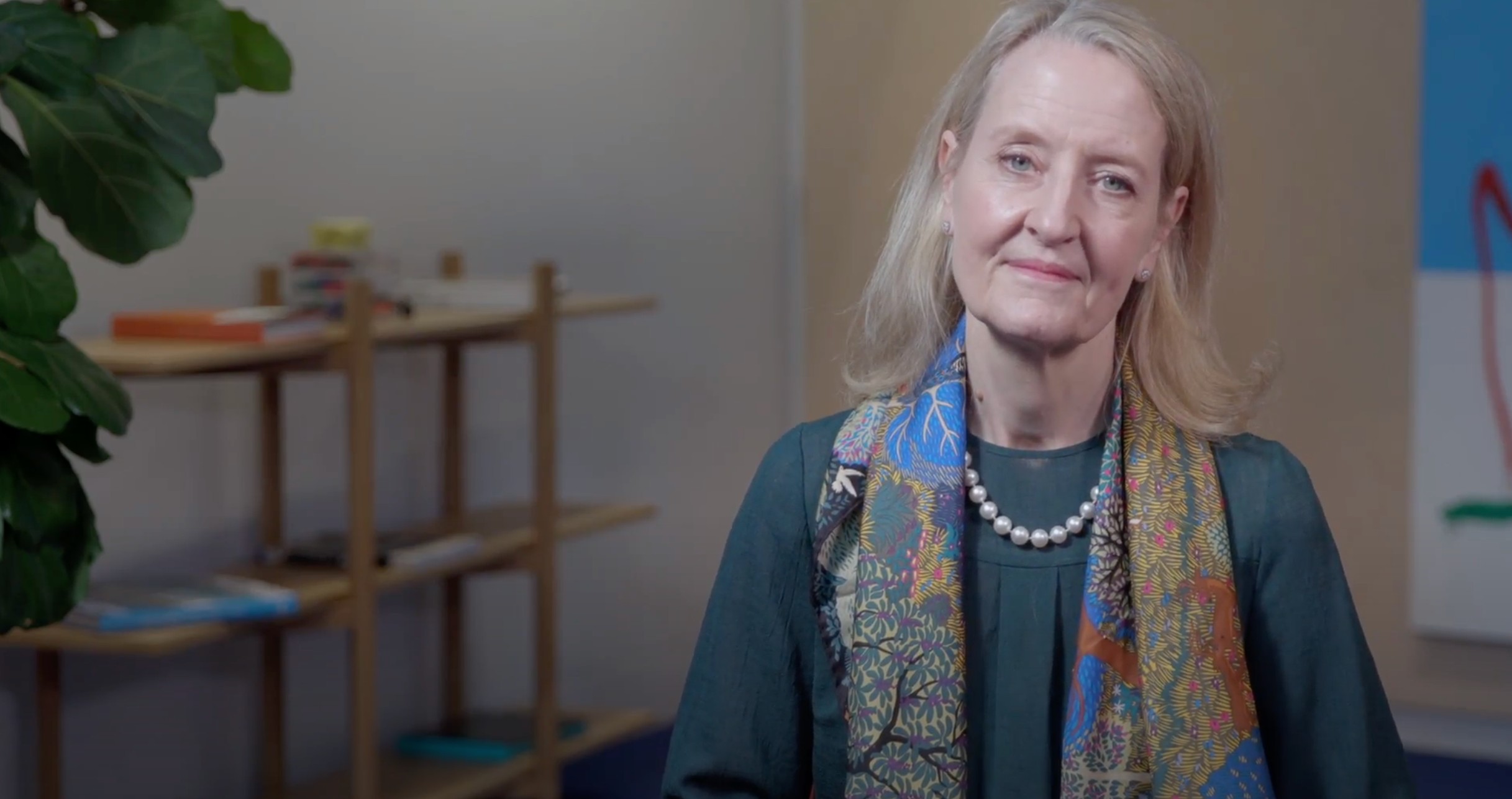
Sustainability Linked Bond Principles

Stephanie Sfakianos
35 years: Sustainable finance & banking
In this video, Stephanie takes us through the issuance for early 2021. She further explains breakdown between the various categories of sustainable bonds and also reports on a new frontier in sustainable finance and how market participants are responding.
In this video, Stephanie takes us through the issuance for early 2021. She further explains breakdown between the various categories of sustainable bonds and also reports on a new frontier in sustainable finance and how market participants are responding.

Sustainability Linked Bond Principles
16 mins 11 secs
Key learning objectives:
Understand the breakdown between the categories of sustainable bonds
Understand the new frontier in sustainable finance and how market participants are responding
Understand Sustainability-linked bonds and it’s core components
Overview:
Issuance volumes in sustainable capital markets are continuing to show impressive growth. Total issuance for the year to 5th March amounts to US$146bn equivalent. This would result in annualised outstandings for year-end being almost double the 2020 volume.
Breakdown between the categories of sustainable bonds
46% of issuance so far this year comprised green bonds, with a further 34% of social bonds and 15% sustainability bonds. These data can be analysed in a few ways. The first noteworthy point is that green bonds have their lowest ever share of overall market activity. Social bond market has been particularly active in Europe, with the European Stability Mechanism issuing a EUR 2 billion social bond, the EU issuing a further EUR 9 billion under its Support to mitigate Unemployment Risks in an Emergency, or SURE programme in March, and the French government agencies particularly active: CADES issuing EUR 4bn, USD 5bn and EUR 5 billion in January February and March respectively, and Unedic issuing EUR 3bn. The EU is set to raise a further 13 billion euros ($15.43 billion) from the sale of five- and 25-year social bonds to fund its SURE unemployment scheme via a syndicate of banks at the end of March 2021.
Understand new frontier in sustainable finance
A second way to analyse the data in the chart is the split between the “use of proceeds” model and the newer Sustainability linked bonds, or SLB, with an issuer-level sustainability target. Use of Proceeds bonds account for over 95% of issuance so far this year.
What are Sustainability-linked bonds?
Sustainability-linked bonds (“SLBs”) are any type of bond instrument for which the financial and/or structural characteristics (i.e., coupon, maturity, repayment amount) can vary depending on whether the issuer achieves predefined Sustainability / Environmental and/or Social and/or Governance (ESG) objectives within a predefined timeline.
What are the core components of Sustainability-linked bonds?
- Selection of Key Performance Indicators (KPIs)
- Calibration of Sustainability Performance Targets (SPTs)
- Bond characteristics
- Reporting
- Verification
Natixis survey: Assessing appetite for sustainability-linked bonds
Natixis surveyed 40 global investment managers, with some US$20 trillion in assets under management, on their appetite for SLBs. They found that 88% of respondents either were, or were planning to, buy these instruments, rising to 94% for ESG specialists. It is perhaps telling that the lowest demand, at 80%, came from green specialist investors.

Stephanie Sfakianos
There are no available Videos from "Stephanie Sfakianos"

